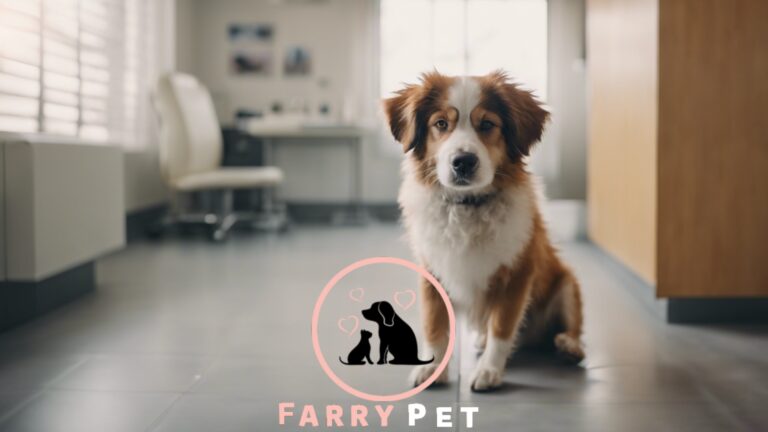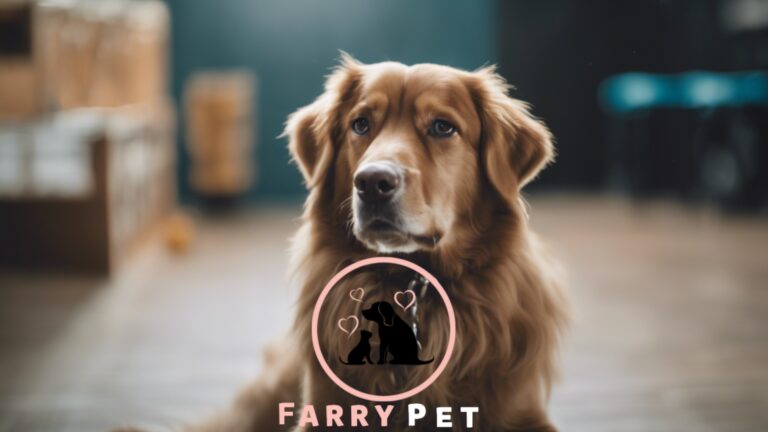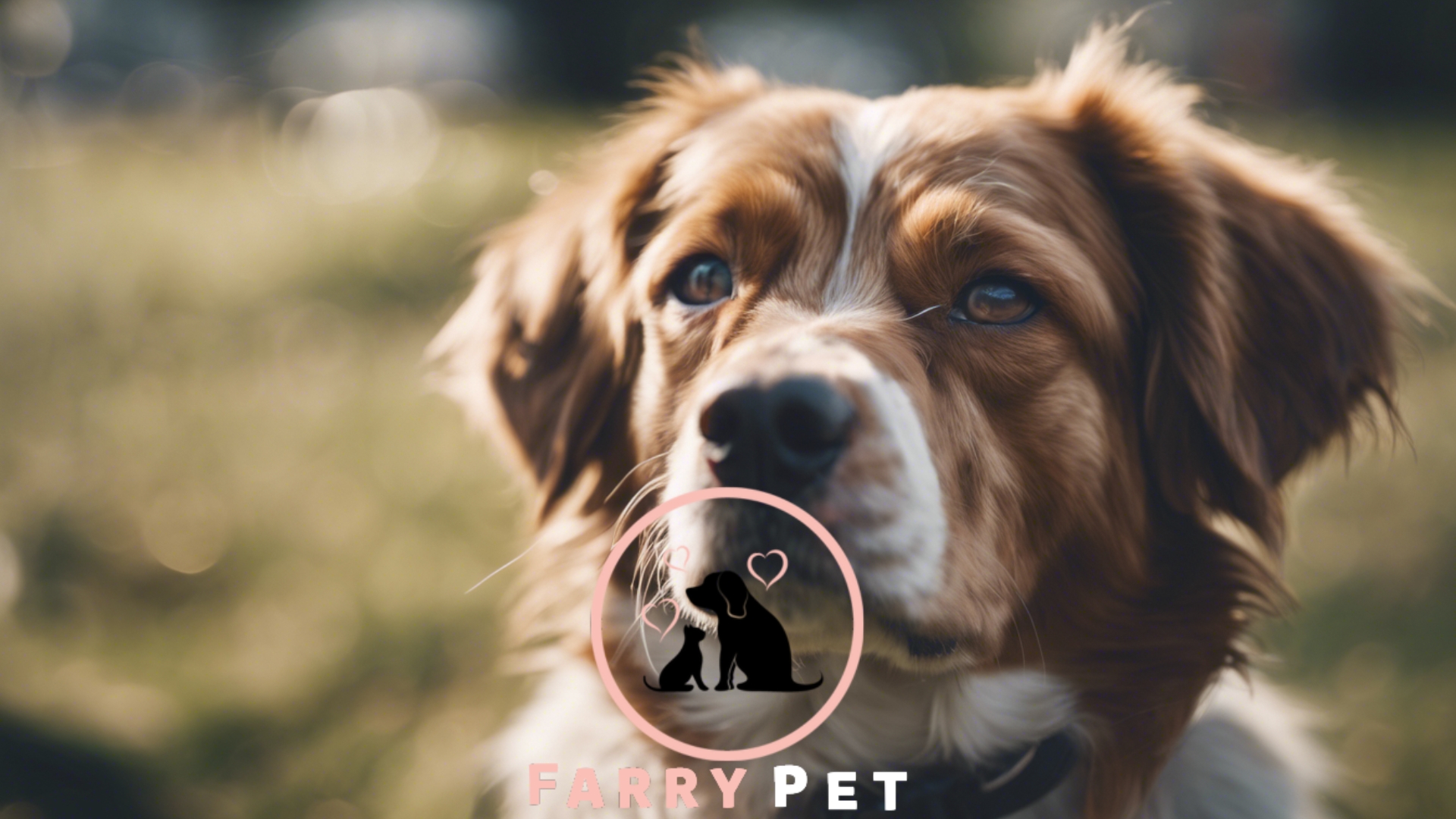
If you find a dog in the UK, check for identification and report the find to your local council’s dog warden. Immediately contact local vets and animal shelters and post on lost and found pet websites.
Discovering a lost dog can be a distressing experience for both the animal and the finder. Quickly check the dog for tags or collars that might provide owner information. A swift call to the authorities ensures the dog’s safety and aids in the potential reunion with its owner.
Utilizing social media platforms and community groups to spread the word expands the search network effectively. Reporting the found dog is not just a kind-hearted gesture; it’s also a legal requirement in the UK.
The dog’s welfare is paramount, so providing temporary shelter and water is essential while you wait for the local dog warden or rescue services. Your proactive steps can make a significant difference in reuniting a beloved pet with its family.
Initial Steps When You Find a Lost Dog
Finding a lost dog can stir emotions—from empathy to concern. Effective initial actions can make a significant difference. Safety stands first, both for you and the dog. Remember, a lost dog might feel scared or disoriented. Approach with caution and kindness to avoid causing further stress.
Assessing the Dog’s Condition
Start by taking a moment to watch the dog from a distance. Observe its movements and behavior. Does it hurt or seem healthy? Look for a collar or any form of identification.
If it allows, check for tags with contact details. Gently coax it towards you with soft words and gestures.
Helpful tips:
- Remain calm. A calm demeanor helps soothe anxiety.
- Use gentle speech. Avoid loud noises or sudden moves.
- Offer food or water. These can ease the dog’s discomfort.
Ensuring Your Safety and the Dog’s
Your safety is paramount. Maintain a safe distance initially. Move slowly and talk in low, soothing tones to build trust. Once the dog seems at ease, you can lead it to a secure area. Use a spare leash or create one with a rope or clothing.
Always avoid putting yourself in harm’s way. If the dog acts aggressively, maintain distance and call local animal authorities.
Key safety points:
| Action | Reason |
|---|---|
| Maintain distance | Prevents startling the dog |
| Approach slowly | Builds trust with the dog |
| Call authorities | Ensures professional help if needed |
Checking for Identification
Discovering a lost dog can stir a mix of emotions. Joy at finding a furry friend meets concern for their wellbeing. The first step is to identify the pooch’s owner.
Here’s how:
Looking for a Collar and Tags
Check the dog’s neck for a collar carefully. A tag may have crucial contact information. Information on tags often includes:
- Owner’s Name
- Phone Number
- Address
- Any medical needs
Be gentle; the dog may be scared. A clear photo of the tag can help. You can use this to contact the owner.
Scanning for a Microchip
Many dogs have microchips under their skin. Local vets or animal shelters can scan for free. The microchip contains:
| Microchip Details |
|---|
| Owner’s Contact Information |
| Registration Number |
| Chip ID |
The owner’s details can be retrieved swiftly if a chip is found. Remember to approach local authorities if necessary. They provide additional support in reuniting the dog with its owner.
Temporary Care for the Found Dog
Discovering a lost dog can tug at anyone’s heartstrings. Knowing what to do can make all the difference. Here’s a guide to temporary care, ensuring the pooch stays healthy and happy while you search for its owner.
Providing Food and Shelter
First things first, ensure the dog’s basic needs are met. A warm, dry place is critical for a dog’s comfort. Set up a cozy spot with bedding away from drafts and damp.
Here’s a short list for feeding:
- Water: Always available, fresh, and clean
- Food: Mild, easy-to-digest meals, like boiled chicken and rice
- Schedule: Consistent feeding times to avoid stress
Separating From Other Pets
Safety comes first when mixing unfamiliar animals. The found dog might be scared or ill. Keeping it separate from your pets is critical to prevent stress, fighting, or disease spread.
Here’s how to keep them apart effectively:
- Use a different room or a securely gated area for the new dog.
- Ensure each pet has its own food and water.
- Allow pets to smell each other under doorways to get acquainted slowly.
Remember, these steps keep all pets safe while facilitating a calm environment.
Notifying the Authorities
Finding a lost dog can stir up a mix of emotions. First and foremost, you want to ensure the dog’s safety. But also, there’s the concern of taking the proper steps. Notifying the authorities is a crucial part of this process.
It helps reunite the lost pet with its worried owner. Quick and effective communication with local authorities ensures the dog’s well-being.
Contacting Local Animal Shelters
Local animal shelters are often the first stop for a lost dog’s search party. When you find a dog:
- Keep the dog safe while you make calls.
- Locate nearby shelters and note their contact details.
- Call each shelter to report the found dog.
- Describe the dog with details like breed, color, and size.
- Ask if someone has reported a missing dog that matches the description.
- Follow their advice on what to do next.
Remember, time is essential. The sooner you act, the better the chances of a joyful reunion.
Reporting to the Council Dog Warden
The Council’s Dog Warden service is another critical point of contact. Here’s what to do:
- Secure the dog in a safe, temporary place.
- Find your local Council’s contact info online.
- Get in touch with the Dog Warden to file a report.
They have procedures to handle lost dogs and can take care of the canine if necessary.
| Step | Action |
|---|---|
| 1 | Locate and secure the dog. |
| 2 | Search for ID tags or microchip details. |
| 3 | Contact animal shelters and the Dog Warden. |
| 4 | Keep the dog safe until claimed. |
Using Social Media and Posters
Finding a lost dog can invoke a whirlwind of emotions. Turning that panic into action online and offline is crucial for a safe reunion. Let’s explore the power of social media and eye-catching posters to spread the word effectively. These tools can bolster the chances of the lost dog being recognized and returned.
Creating Effective Lost Dog Posts
Time is of the essence when sharing information on social media platforms. Crafting a post that captures attention is fundamental.
Ensure your post includes:
- Clear photos of the dog from multiple angles.
- A detailed description, including size, color, and breed.
- I need contact information so finders can reach out quickly.
- The location and time the dog was last seen.
- Hashtags related to lost pets, your local area, and breed specifics (#LostDog, #ManchesterLostPets).
Ask friends to share the post widely and consider tagging local pet groups and shelters for greater reach.
Best Practices for Physical Flyers
Physical flyers complement digital efforts and capture the eyes of locals. They should be straightforward and visible from a distance.
When designing flyers, remember to:
- Use bold, large fonts to highlight the word “LOST DOG”.
- Place a large photo front and center.
- Keep text simple with essential details and contact info.
- Print in color, if possible, to stand out.
- Place flyers in high-traffic areas like supermarkets, parks, and community centers.
Plastic sleeves can protect flyers from the weather. Check on them and refresh them as needed.
| Item | Details | Contact Info |
|---|---|---|
| Photo | Visible, Color, Clear | Easily readable, Multiple methods |
| Description | Age, Breed, Size |
Legal Considerations and Rehoming
Finding a lost dog can tug at your heartstrings.
Understanding what to do next is crucial for the dog’s welfare and adhering to legal requirements. This section focuses on your rights as a finder and how to approach rehoming responsibly.
Understanding Finder’s Rights
In the UK, certain laws govern your actions when you find a dog. Finder’s rights state that you must reasonably locate the original owner.
- Contact local vets and rescue centers.
- Report the found dog to the council’s dog warden.
- Check if the dog has an ID tag or microchip.
You must report the dog to local authorities within 48 hours. Keeping the dog without taking these steps could lead to legal trouble.
Rehoming Responsibilities and Options
Let’s discuss rehoming if an owner doesn’t come forward.
- Wait for the required time as directed by local laws – usually seven days.
- Consult with animal charities for adoption possibilities.
- Consider fostering the dog while searching for a permanent home.
Choosing to keep the dog should involve a thorough decision-making process, including:
| Consideration | Details |
|---|---|
| Lifestyle Compatibility | Is the dog a good fit for your home environment? |
| Financial Commitment | Can you afford the care the dog requires? |
| Long-Term Commitment | Dogs can live for many years. |
Rehoming is a big step that should not be taken lightly. The dog’s well-being must be at the forefront of any decisions made.

Frequently Asked Questions
Who is Responsible for Stray Dogs UK?
Local councils are responsible for dealing with stray dogs in the UK. They handle collecting, managing, and sheltering lost or abandoned canines.
What is the Lost Dog Law in the UK?
In the UK, the Control of Dogs Order 1992 mandates that any dog in public must wear a collar with the owner’s name and address. Owners must report lost dogs to the local authority, helping to ensure a safe return.
Non-compliance may result in a fine.
What Will You Do If You Happened to Find a Dog?
Check for an ID tag and contact the owner. Report to local shelters. Post the found dog on lost pet websites and social media. Keep the dog safe until the owner is located.
What to Do About Finding a Dog?
Begin by searching your immediate area. Alert local shelters and file a lost pet report. Post flyers in key locations and share on social media. Consider offering a reward. Use online lost and found pet resources to spread the word.
Who should you contact to find a lost dog in the UK?
Report the found dog to the local council’s dog warden service immediately. They will take in the dog and try to locate the owner.
Conclusion
Discovering a lost dog can be a daunting experience. Remain calm and remember the steps outlined in this guide. Ensure the dog’s safety, check for identification, and report the find to local authorities.
You could reunite a furry friend with their grateful owner by acting responsibly.

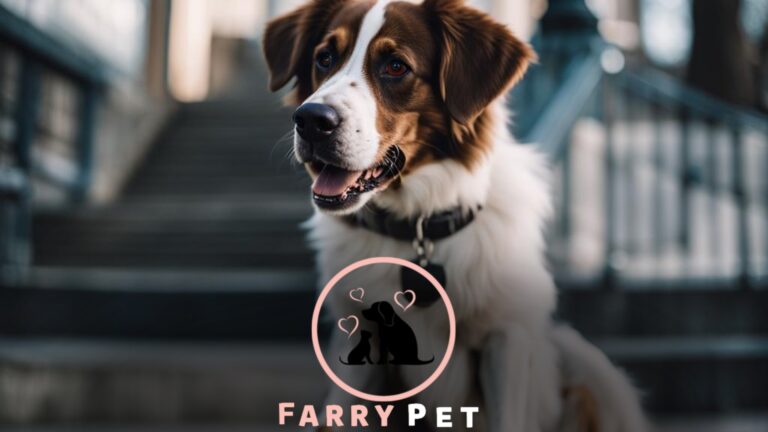
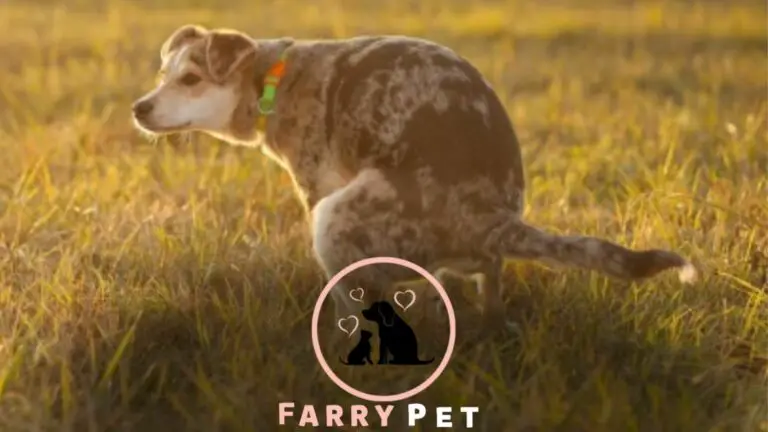
![Do Heartworms Make a Dog Cough? [Surprising Truth!!]](https://farrypet.com/wp-content/uploads/2023/08/Do-Heartworms-Make-a-Dog-Cough-768x432.jpg)
![Do Car Rides Make Dogs Sleepy? [Discover Why?]](https://farrypet.com/wp-content/uploads/2023/08/Do-Car-Rides-Make-Dogs-Sleepy-768x432.jpg)
